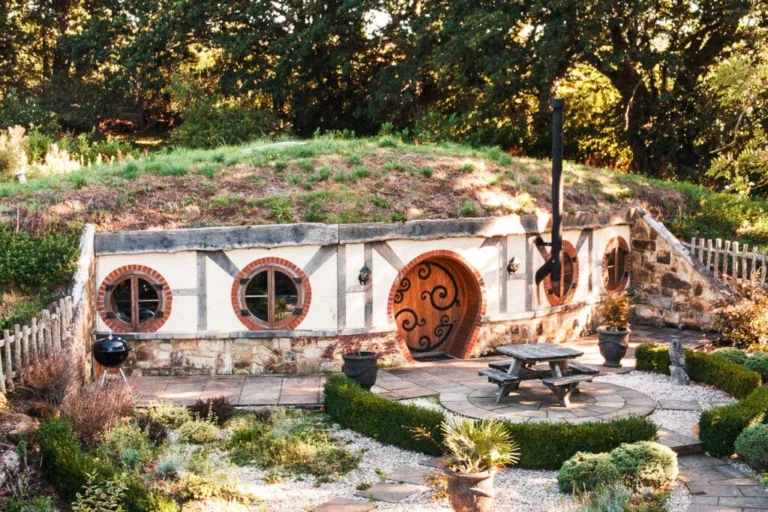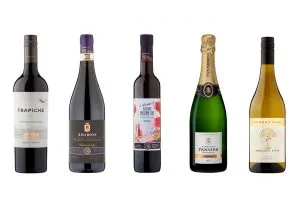With the autumn equinox on the horizon on 22 September, days are getting shorter and late summer nostalgia weaves into the appeal of longer evenings and richer meals. Darker rosés are some of the best transitional wines for this period.
As we enjoy the last of the season’s barbecues and garden parties, these deep-hued pours are best enjoyed alongside some nibbles and served slightly less chilled than their paler counterparts.
Regions and appellations producing dark rosé wines:
Cerasuolo d’Abbruzzo – Abruzzo, Italy
Chiaretto di Bardolino – Verona, Italy
Cigales and Ribera del Duero – Spain (namely Clarete styles)
Nemea – Peloponnese, Greece
Tavel – Rhône, France
What makes the colour of a rosé more or less intense?
Two main factors contribute to the colour of a rosé wine: winemaking method and grape variety.
Wine gets its colour from the grape skins. The longer the grape juice is in contact (or macerated) with the skins, the more colour, aroma, flavour and tannin will be extracted.
Pale Provence-style rosés are mostly produced using the direct press method without extended maceration.
Whereas Tavel winemakers typically macerate for up to 48 hours, for wines comparatively more intense and deeper-hued. For context, in red wine production the juice macerates on the grape skins for anything from a week to over a month.
Grapes with thicker skins will produce more colour in the wine than thin-skinned varieties. Hence why a rosé made from Garnacha is generally more intense than one produced from Pinot Noir, if






